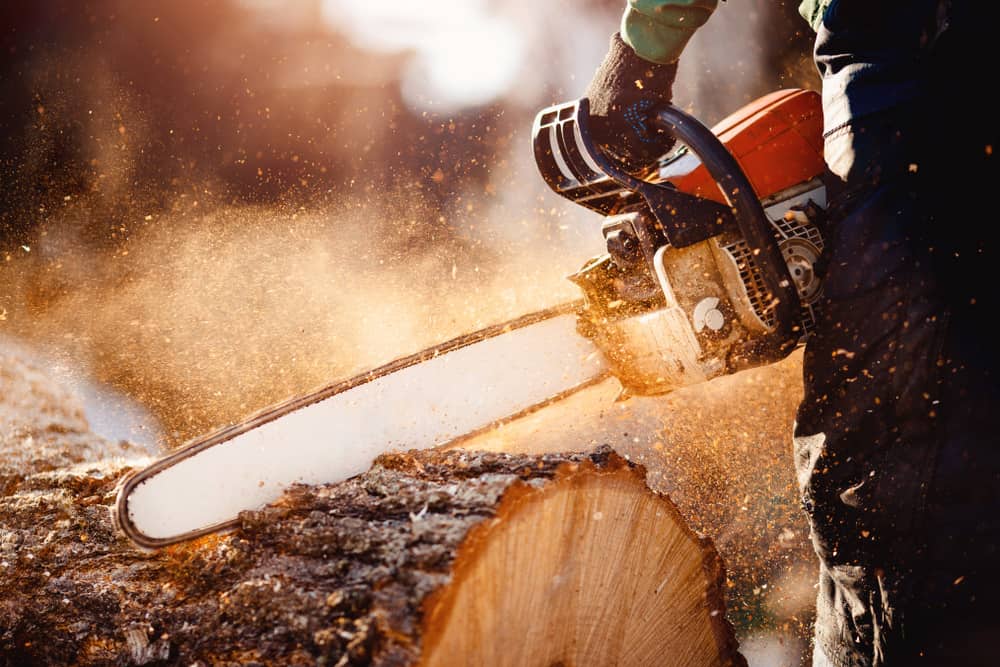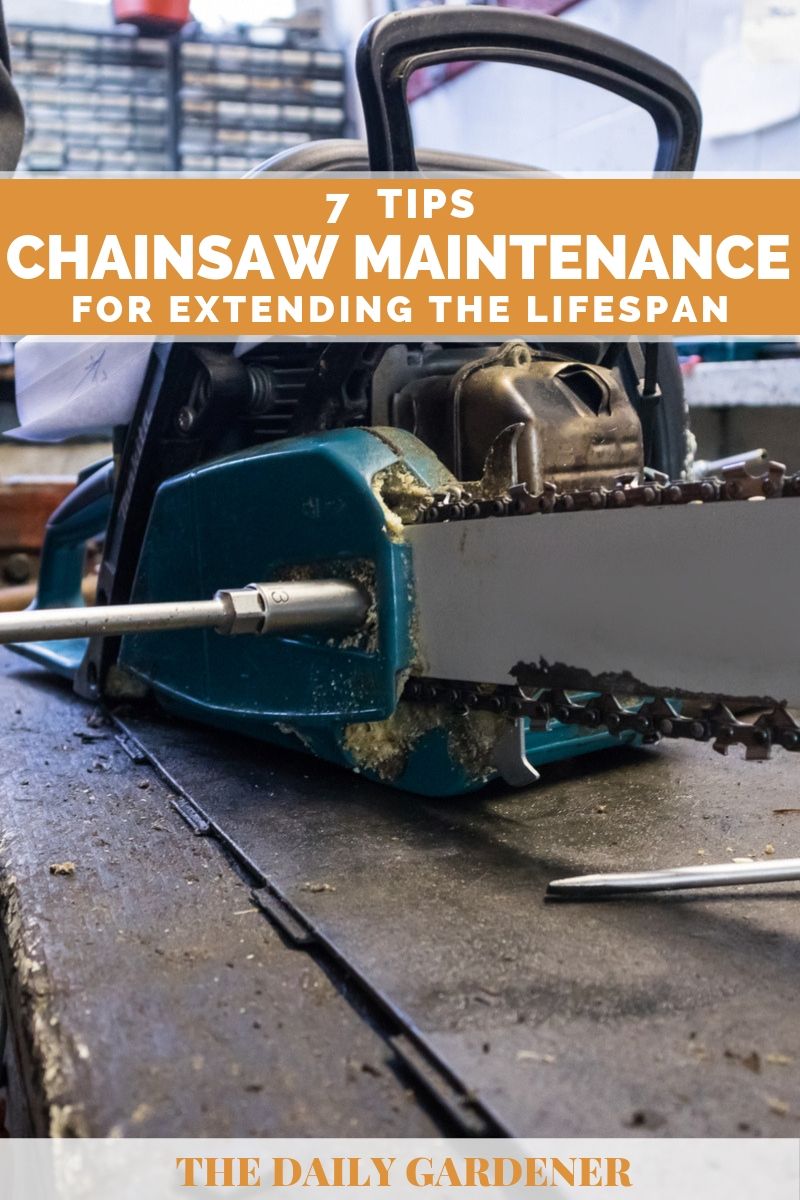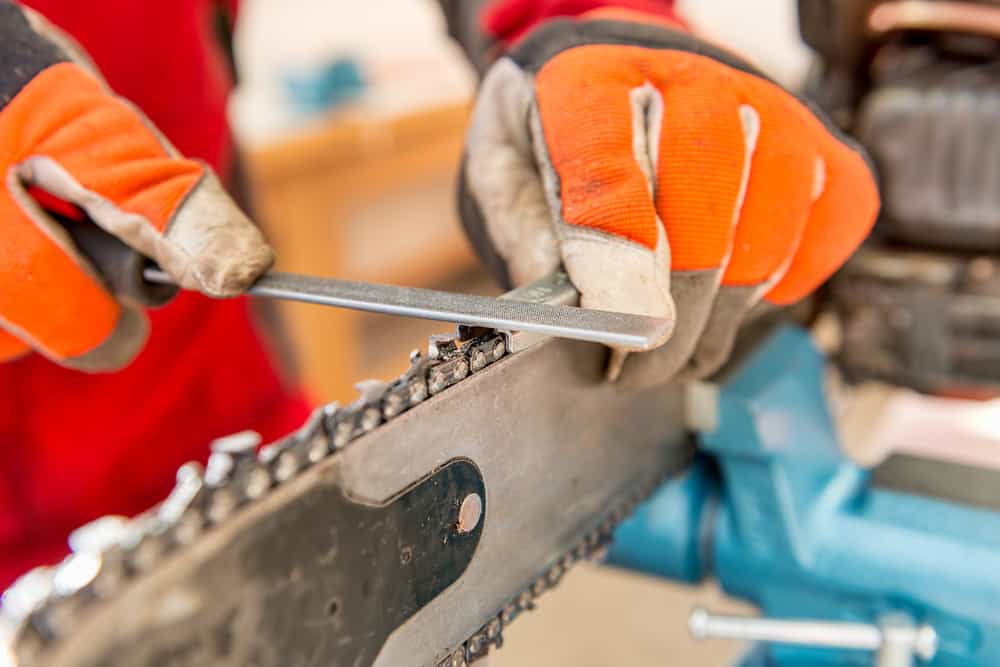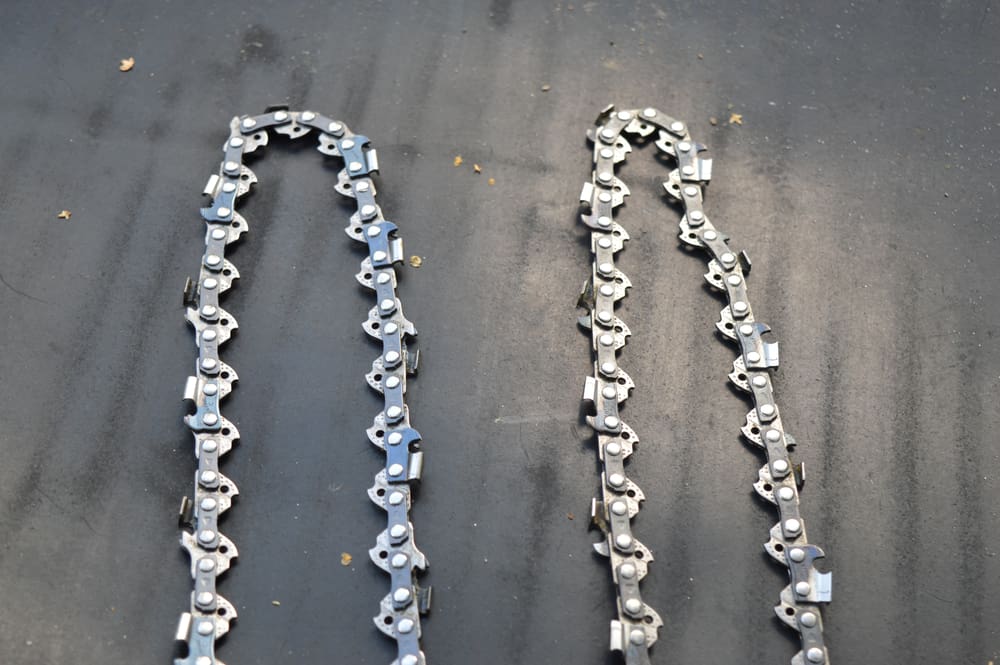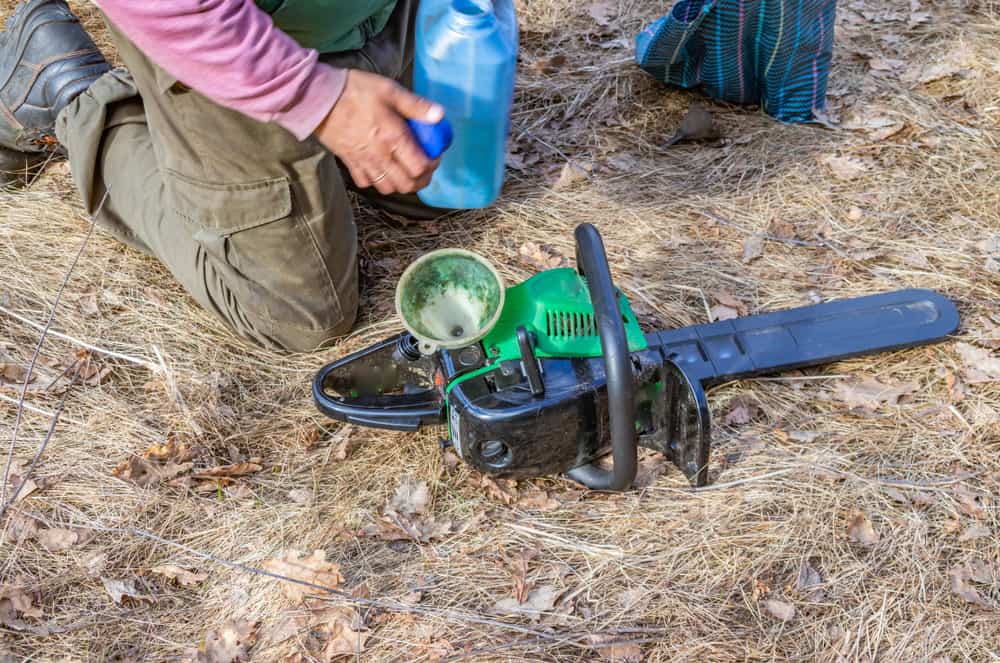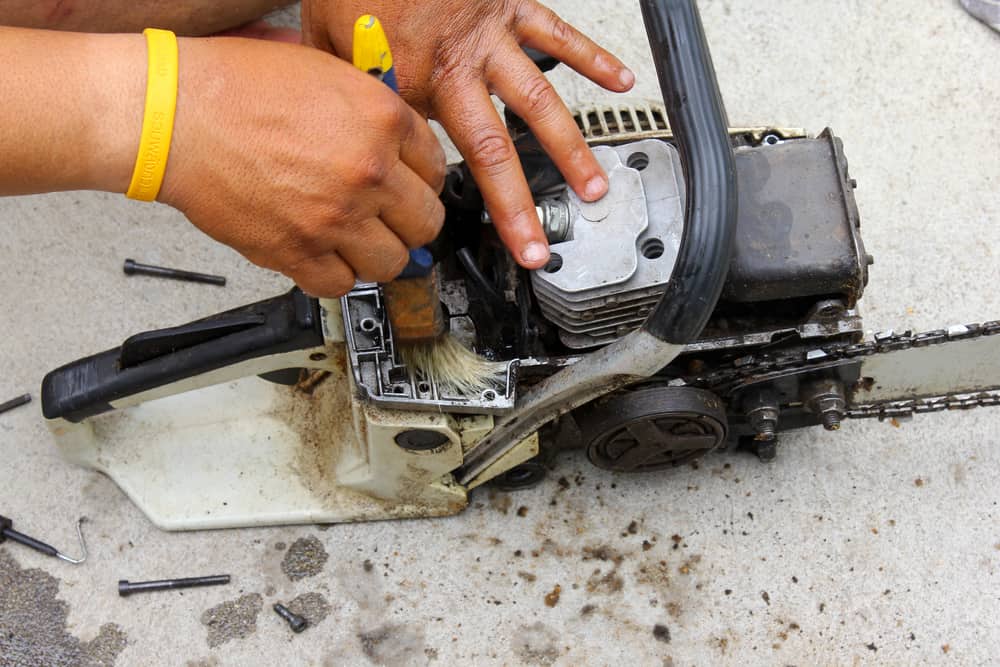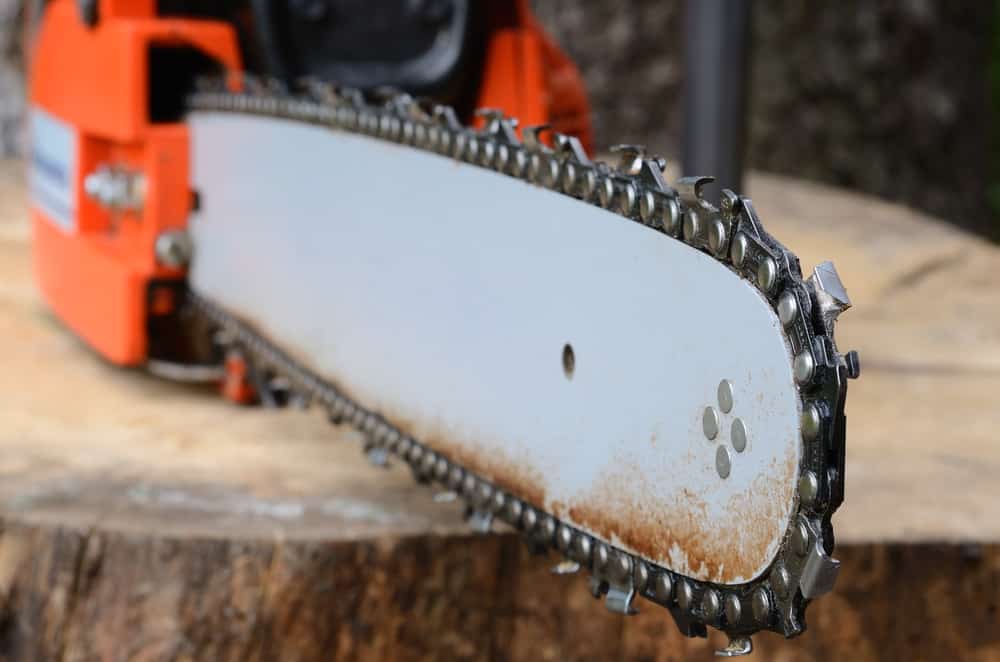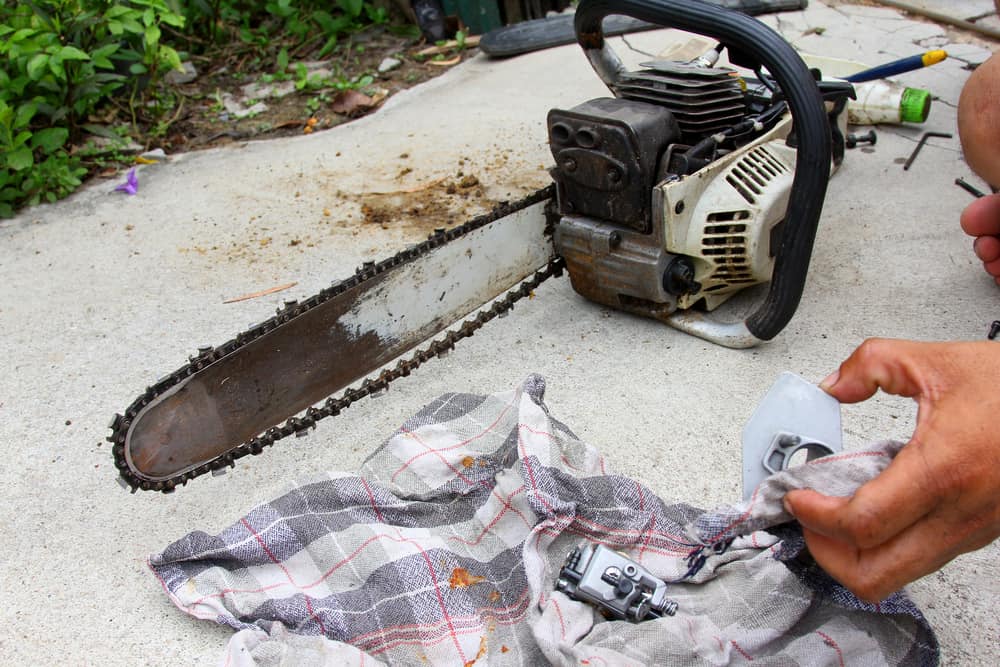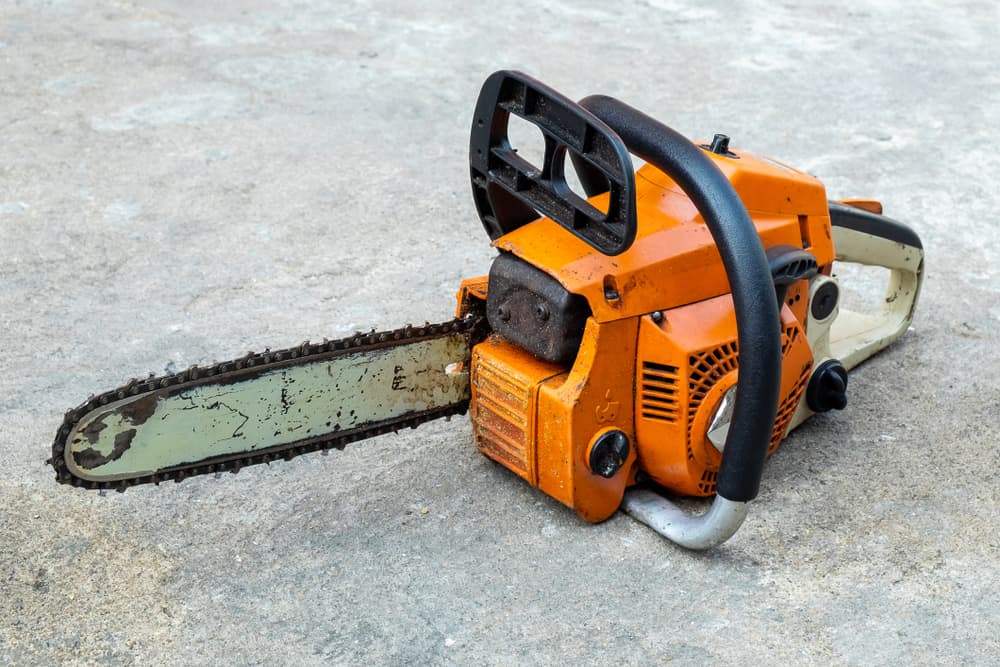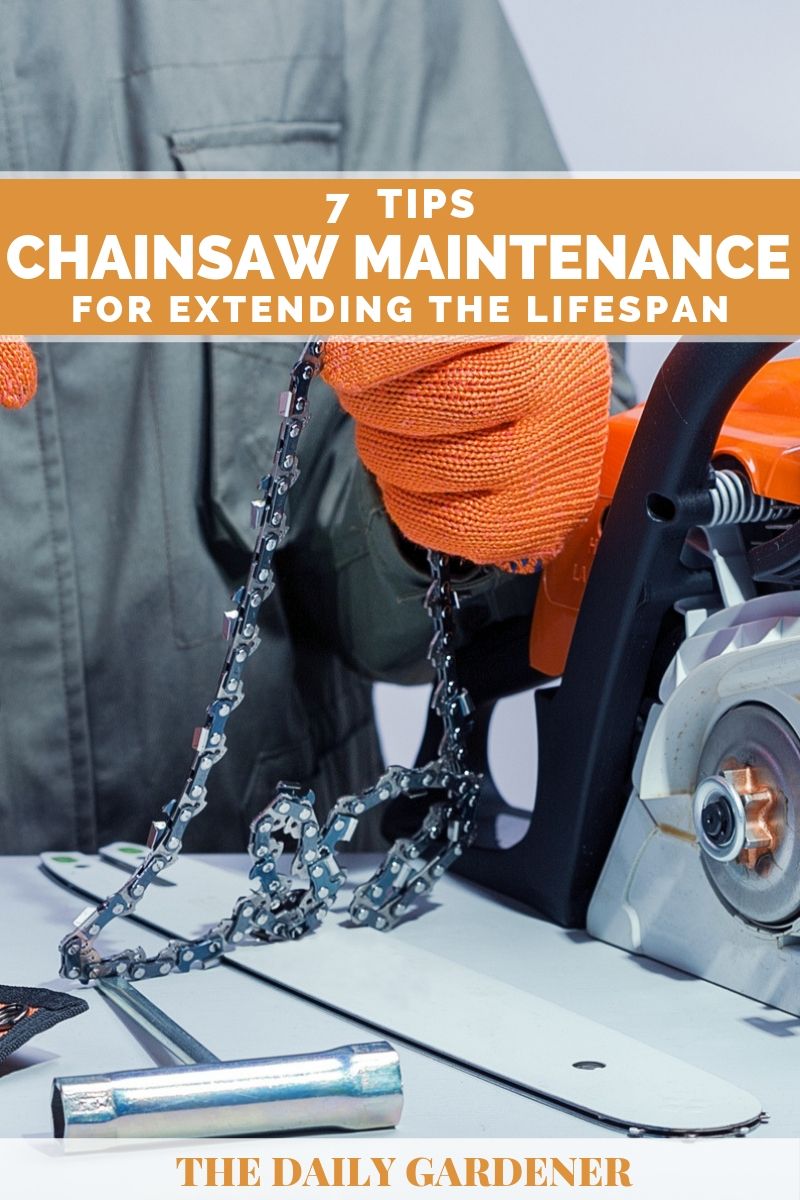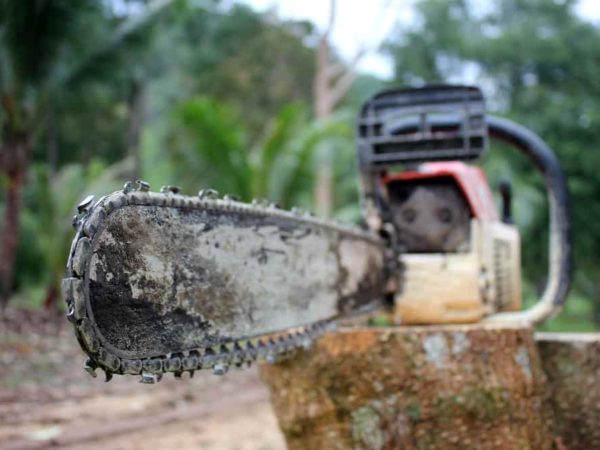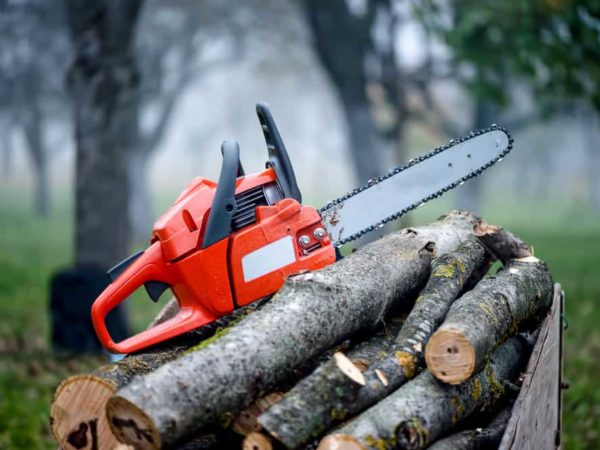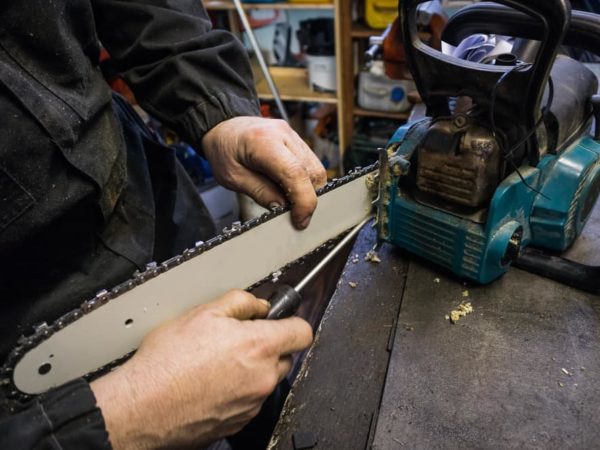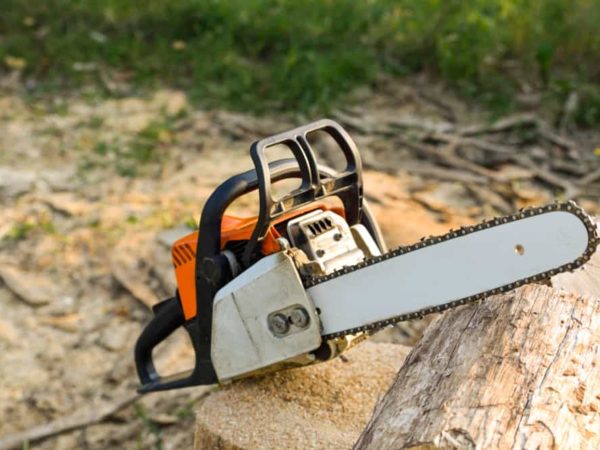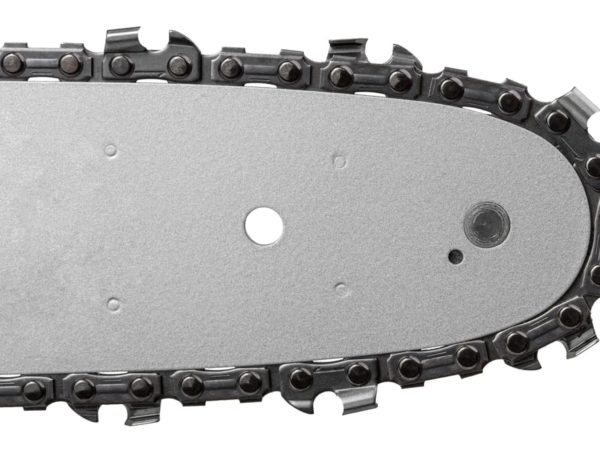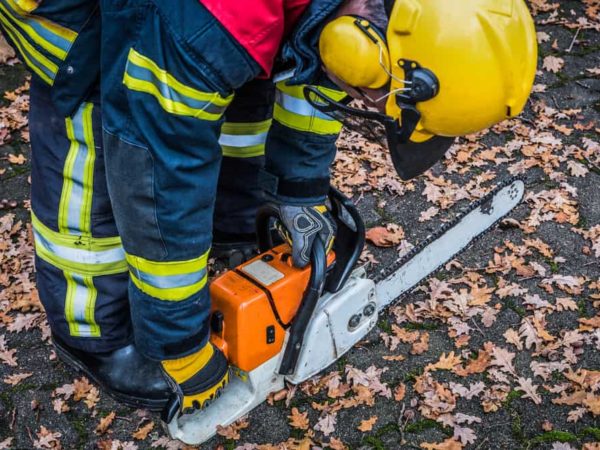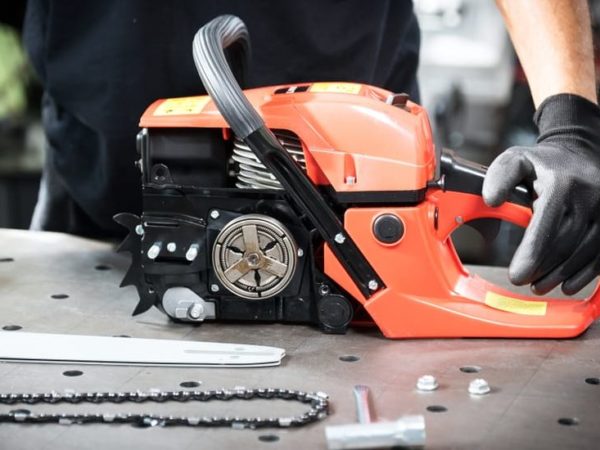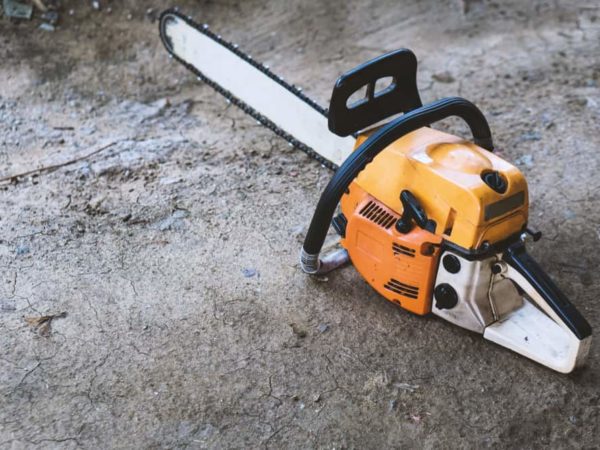Chainsaws are expensive pieces of kit, and if you own one, you are sure to want it to keep working for as long as possible. However, proper maintenance isn’t just about extending the chainsaw’s lifespan – it’s is also about ensuring that it is running efficiently and also that it is safe to use.
There are many components that need to be checked for full maintenance, but here are seven of the most important. If you want a more in-depth look at how to maintain your chainsaw, you can check out this excellent video for more ideas.
Also, note that several of these points are relevant only to gas-powered chainsaws, but some are also useful if you are running an electric chainsaw or a cordless chainsaw.
Table of Contents
1. Sharpen the chain
Chainsaw chains need to be sharpened regularly to keep them in good working order. Dull chains will mean the chainsaw won’t cut effectively and will make the work much harder. However, incorrectly sharpened chains can increase the risk of dangerous kickbacks, meaning it is vitally important to do it right.
You can sharpen a chainsaw chain either with a hand file or with a mechanical grinder, but whichever method you choose, you the goal is to ensure the teeth are sharpened in the most uniform way possible.
Some people say you should use the same number of file strokes on each tooth, but since the teeth might be worn unevenly due to damage or other reasons, the key is to remove the same amount of metal, leaving the teeth as close to identical as possible.
Always file the teeth at the optimal angle for your chain – you can find this information on the chain packaging, but most chains also have a line etched on the top of each tooth for you to follow.
You also need to make sure the rakers (also known as depth gauges) are at the correct height. If they are too high, the chain won’t cut, but if they are too low, it will be more likely to “bite”, resulting in kickback. Use a gauge to file the rakers to the correct height.
A good pro tip is to always flip the bar over each time you sharpen the chain – this will mean the bar gets worn more evenly.
2. Check the chain tension
The chain tension needs to be just right – you don’t want it too tight but nor do you want it too slack. A good guide is that a chain should be a little slack at the bottom, but you shouldn’t be able to pull the drive links away from the drive bar.
If you are not going to be using the chainsaw for a while and you are preparing it for storage, it’s a good idea to loosen the chain a little.
3. Ensure the gasoline is fresh
Gasoline doesn’t age well and will begin to deteriorate if you leave it in your chainsaw for anything over about a month. If you know you are not going to use the chainsaw for this amount of time, remove the fuel before you put it away into storage.
If you forget and you leave the chainsaw for a longer period with gasoline in the tank, part of the liquid content of the gas will evaporate off, leaving a viscous, sticky goo. If this happens, you need to remove the goo and fill the tank with fresh gas. When you do this, clean the inside of the tank well before refilling it.
For chainsaws with 2-stroke engines (so ones that require a mixture of gasoline and oil to run), if you don’t use it for a couple of weeks, the gas and oil will begin to separate, so give the machine a good shake to mix them before firing it up again.
4. Clean the air filter
The air filter is what stops sawdust, dirt and grit from finding their way into the engine, so to ensure your chainsaw stays in optimal working condition, you need to clean the air filter regularly.
If your chainsaw has a screen-type air filter that can be removed, take it out and tap out the dust and debris that has accumulated. You can also wash it to be more thorough. Foam or paper filters are inexpensive and should simply be replaced when they become dirty.
5. Always Check The Bar Oil Level
Running a chainsaw with no lubricating oil for the chain is a sure way to damage the tool in a short amount of time. The chain needs oil for lubrication to reduce friction with the bar, and if it is not lubricated, it will quickly heat up, damaging the components.
The best practice is to develop a habit of checking the level every time you use the chainsaw before you fire it up. That way, you will never forget. This is equally true for all types of chainsaw.
Also, check regularly that the lubrication hole is clean and clear – a blocked hole will mean the oil can’t reach the chain and bar and will have the same result as forgetting to top up the oil.
6. Clean the air intake and cooling system
Brush the cooling fins and clear out the air intake regularly. Also, check the flywheel fins and make sure there is no debris blocking them. Brush out debris as necessary. This needs to be done at least once a week if you are using your chainsaw every day – or more frequently for more intensive use.
If you are using your chainsaw for the first time in a while, you should check this part of the machine before starting it.
7. Check the chain brake
The chain brake mechanism can help keep you safe in the event of a kickback, so you need to make sure it is functioning correctly.
The simple way to do this is to carefully place the chainsaw on a stable surface with the chain running, squeeze the throttle and then, holding the handle firmly with your left hand as you would if you were using the chainsaw for real, push your left wrist against the chain brake mechanism.
If there are no problems, this should cause the chain to stop spinning. If it doesn’t, you shouldn’t use the chainsaw since this is the most important safety feature a chainsaw has. If the chain brake isn’t working, the chainsaw isn’t safe to use.
Here’s a video that goes into more detail about chain brakes.
Good maintenance for safety, efficiency and long chainsaw lifespan
Keeping your chainsaw maintained and in good condition is important to ensure you stay safe, to keep the chainsaw running efficiently and to extend its working life. There are so many things to pay attention to, but the seven points we have mentioned here are perhaps the most important and the ones you should make sure you never forget.
Don’t forget to pin it!

